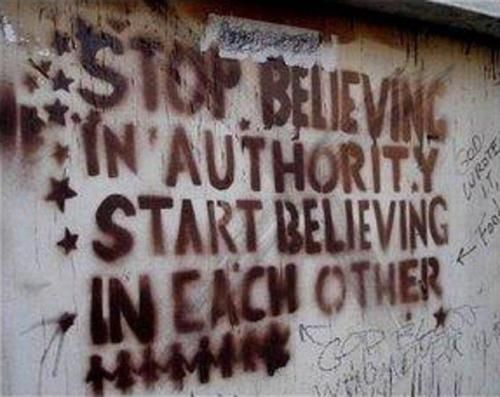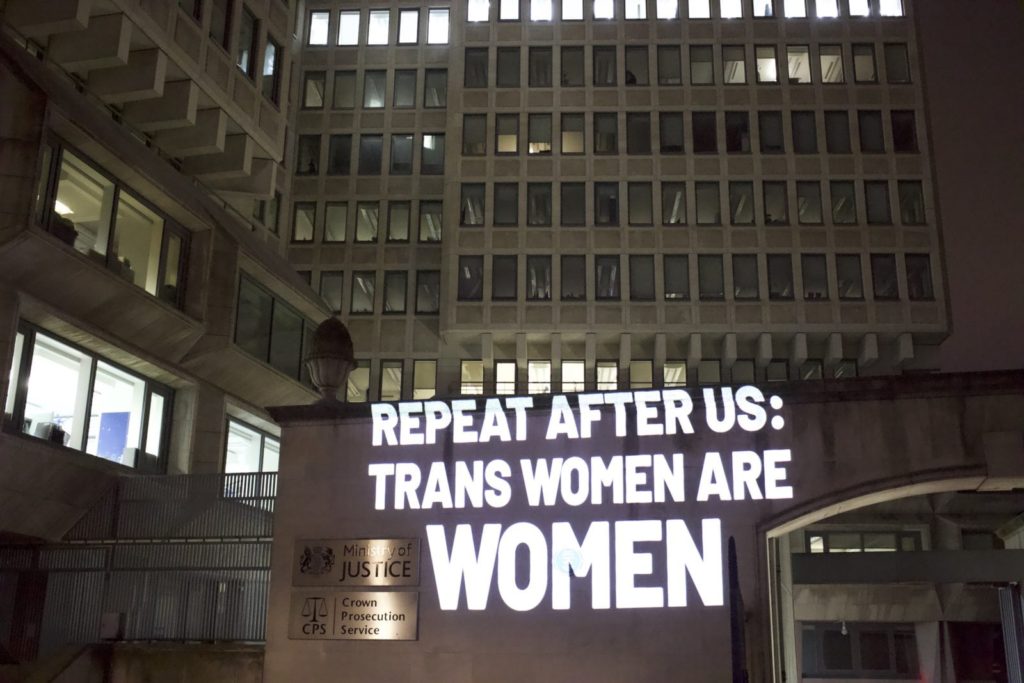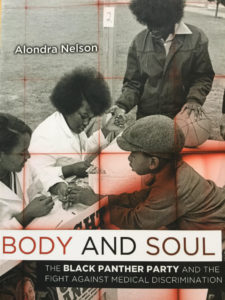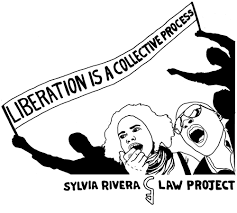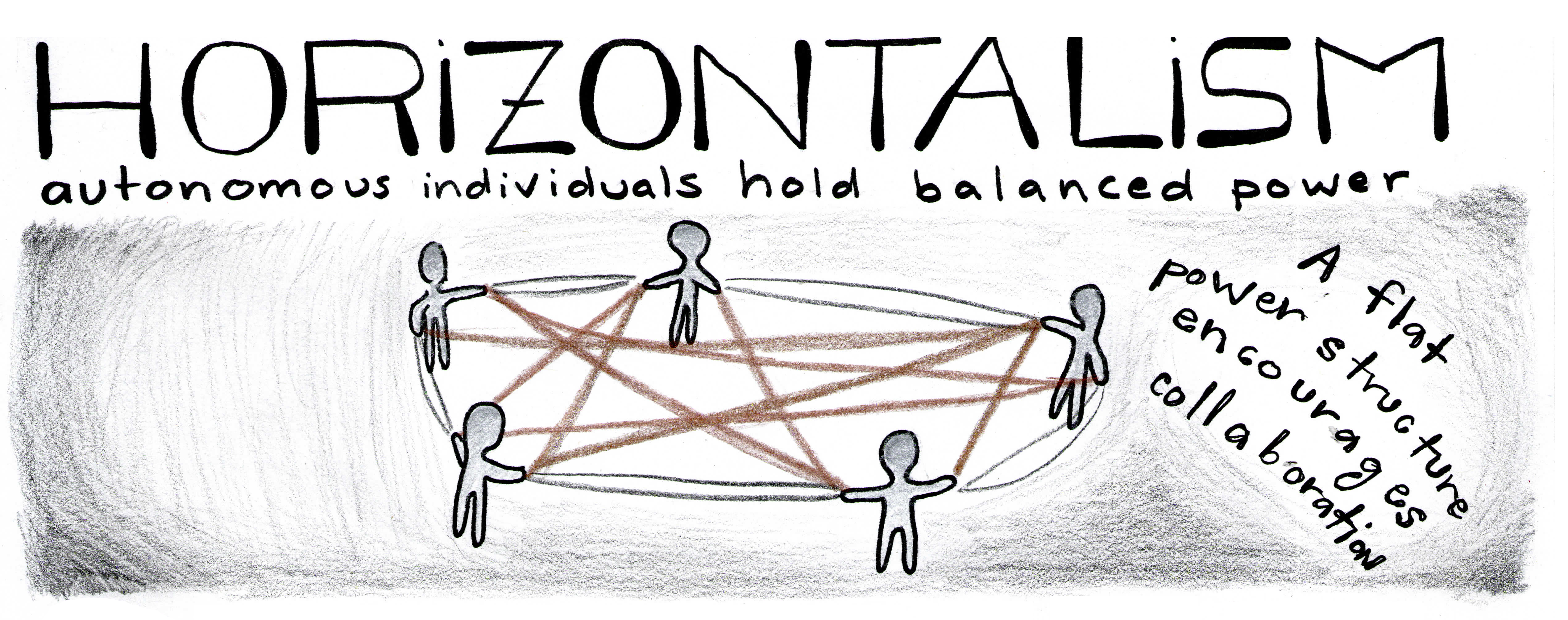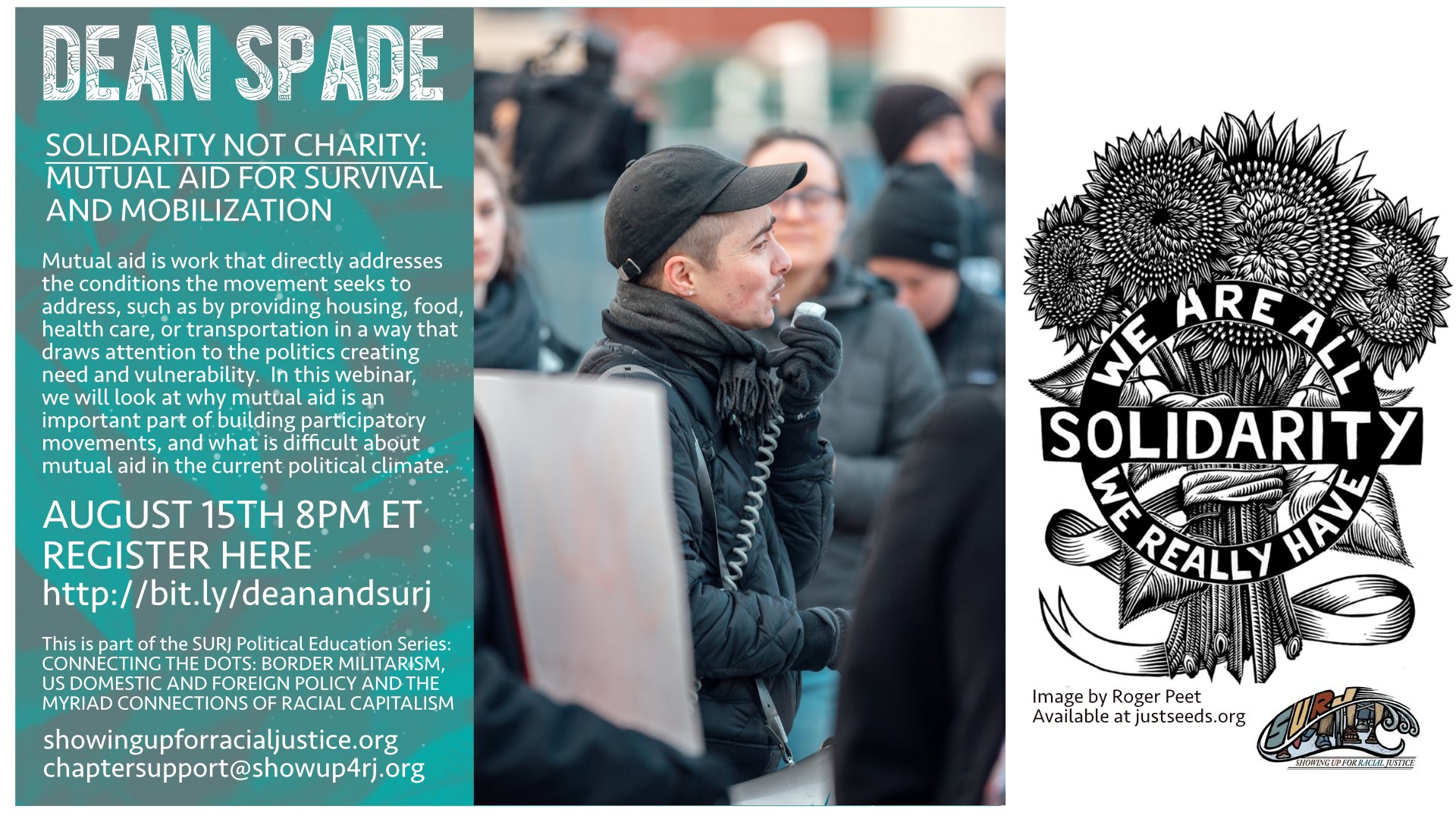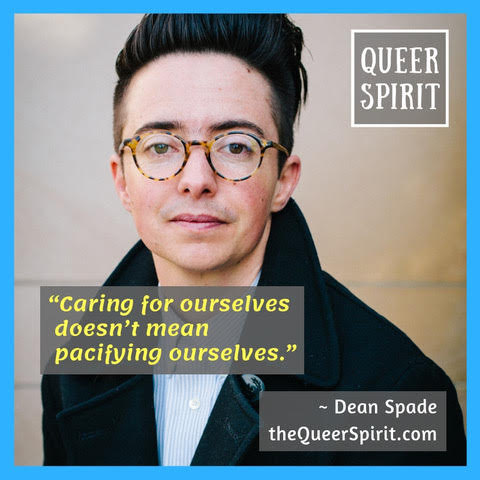I wrote an essay almost a decade ago based in reflections of my own experiences with overwork and burnout and the experience of people I was supporting in various organizations. I never published it, always thinking there is more work to do on it. I keep going back to it and realized now is as good a time as any to share the excerpt below that I hope is helpful to people who are being impacted by their own burnout and overwork or that of someone else.

Symptoms and Feelings of Overwork
Below I describe some of the symptoms and feelings that emerge with overwork. Some I experienced, and some I have heard others share. Many are very closely related and intertwined, but I have bulleted them for the ease of those who are more likely to skim than read.
- A desire to take on tasks and responsibilities in order to “be important” to the group or control outcomes.
- High stress when thinking about tasks being performed by someone else who might do it a different way, or the group coming to a different decision that I would make.
- Feelings of resentment: “I’ve done the most for this organization” or “I work harder than anyone else.” Can include creating a damaging organizational culture of competition and hierarchy about who overworks the most.
- Not respecting group agreements or group process because I feel above the process as the founder or director or hardest worker.
- Feelings of competition with other organizations that are actually politically aligned or with other issues that I perceive are better supported or other activists I perceive as better supported.
- Feelings of martyrdom.
- Desire/need to endlessly be given credit for my work.
- Taking on more and more work to feed the cycle of martyrdom, shut-down, and resentment.
- Depression and/or anxiety.
- Overwhelm and fear.
- Close to anger and/or close to tears regularly—staying in a constant heightened state, never feeling relaxed.
- Feeling like I “have to” do all these things, cannot see any way to do less work or have less responsibility.
- Inability to let others take on leadership roles.
- Hoarding information or important contacts so that others cannot rise to the same level of leadership, usually rationalized in some way.
- A life or death feeling that it must be done the way I do it. An extreme version of this can result in leaders sabotaging the organization or project rather than recognizing that it might be time to step back and share leadership or take a break from leadership.
- Paranoia and distrust about others in the organization or other people working in this kind of work. Feelings of being alone. Feelings of “me against [members of the organization/staff/everyone].”
- Believing that if I don’t do it, it won’t get done (by coworkers/the organization/other organizations) so I have to accept more and more work.
- Tension or anger that results in giving the silent treatment to others in the organization or former collaborators.
- Exhaustion.
- Overpromising and under-delivering, which can lead to feeling fraudulent and afraid of being caught so far behind.
- Feelings of scarcity driving decisionmaking: “There’s not enough money/time/attention.”
- Feelings of emptiness, anxiety, depression or aimlessness only alleviated by working. Not knowing how to do anything besides work. Not having fun or feeling relaxed on vacation or days off.
- Having no boundaries with work—working all the time, during meals, first thing upon waking and last before sleeping, during time that was supposed to be for connecting with loved ones.
- Dismissal of the significance of group process and overvaluation of how the group is perceived by outsiders such as funders, elites, and other institutions.
- Low quality work product including under-serving vulnerable people seeking help from the organization.
- Defensiveness about all of the above and unwillingness to hear critique. “I’m doing so much, I’m killing myself with work. How can you critique me? I can’t possibly do any better/more!”
- Shame about experiencing all of the above.
These feelings and behaviors, of course, are reasonable results of the conditions under which we do our work. We are steeped in norms of capitalism and white supremacy that encourage us to compete, distrust, hoard, hide, disconnect, and only understand our value as based in how others see us. Our work is often under-resourced in important ways. Many of us come to the work because of our own experiences of violence or harm, and doing this work can be emotionally triggering and exhausting. We come to the work to heal ourselves and the world, but we often do the work in ways that further harm ourselves and impede our contribution to the resistance. In the context of professionalized non-profit social justice “careers” there is rarely room to process our triggering experiences or admit what we do not know how to navigate our roles in organizations. We also carry around fallback attitudes and behaviors that can undermine our principles, especially when we are stressed out and over capacity. These are the times when we might act out gender privilege, race privilege, class privilege, and forms of authority based in status distinctions like educational attainment. Many of the symptoms and behaviors listed in the bullets above can correlate to systems of privilege.
Addressing the Impacts of Overwork and Burnout in Organizations
When we are experiencing toxic feelings and acting out, or when someone in an organization we are involved with is struggling in this way, there are things we can do to address what is going on. One thing that helps is having a language for what is going on and realizing it is not about one person being “bad” or about whether the organization will be run by this person or others, but instead recognizing a set of dynamics that are impacting the group and impeding the mission of the organization and the principles of the person or people who are struggling. When we realize how common these dynamics are, sometimes we can move away from shaming and blaming ourselves and others and toward acknowledging what is going on and supporting change. It is often hard to confront another person about behavior that is harmful, and it is often hard to be confronted about harmful behavior and listen to what is being said. The ideas below do not change that, but they may help individuals or groups create concrete steps to address the problems. My own experiences with these issues are based in horizontal organizations that operate using consensus decisionmaking, so they may be most appropriate to those situations.[1] In my view, horizontal and consensus decisionmaking models are the most conducive to creating accountable, sustainable organizations that build lots of people’s leadership and have the capacity to address the causes of burnout.
Steps Toward Balance for Organizations
Bring more attention to addressing the organization’s internal problems. The organization cannot do its important work if it is falling apart inside, and it cannot do its work well if it is promising to do work it does not have the capacity to do. The internal concerns cannot wait until later because the giant need the organization exists to fill is probably not going to be reduced in the immediate future. This does not mean the organization’s work needs to stop, but it might mean calling a moratorium on new projects and commitments so that the problem does not worsen, and so that people can carve out time for working on the internal problems. Organizations working on internal problems might seek any of the following resources:
-
- Training on decisionmaking and consensus
- Facilitation training
- Facilitated discussions and training about how racism, ableism, sexism, homophobia, trans phobia, classism and other systems of meaning and control impact organizational development and culture
- Active listening training
- Strategic planning provided by trainers using grassroots social justice-centered, not corporate, approaches
- Reviewing workplans and job descriptions to figure out how to assign work fairly, assess workload and plan for reasonable workloads
- Conflict mediation between particular people or groups with an outside facilitator who understands the organizations values and who the people in conflict trust and/or see as relatively neutral
- Work on building transparency in the organization so that people know what each other are doing and members, clients, peer organizations and other partners know what the organization is doing
- Training on giving and receiving direct feedback to reduce or avoid gossip and trash-talking and increase responsiveness and accountability to each other
- Creation of regular evaluations systems where people can hear from each other about what is going well and what needs work early and often, rather than only when someone blows up or a controversy emerges
Make sure that new people who are entering the organization are being welcomed, given full background about what is going on, and clearly understand that they are being asked to fully participate in all decisions and ask any questions they need to in order to do so. Ensuring that everyone is getting access to what it takes to co-lead is essential to building leadership in more people. The organization and the people in it will be healthier if lots of people are leading, not just one or two.
Establish mechanisms to assess the workload and scale back. How many hours is each member working? Is it beyond what they are supposed to or can do healthfully? Did they actually track their hours for a week to make sure they are really aware of how much they are working? Assess the workload and scale back projects until it is under control. Create a moratorium on new projects until capacity expands. Enforce the moratorium—no one can unilaterally take on new work for the group or for themselves as a member of the group.
Focus on facilitation. How can the group’s meeting culture foster well-being, good will, connection between members? Eating together, having check-ins with interesting questions about people’s favorite foods, plants, movies, or politicizing moments may feel silly at first but makes a big difference. Bringing an attention to wellness into the organization means helping members be there as multi-dimensional people, rather than just as work machines. People need to build strong enough relationships to actually be able to talk about strong feelings and dynamics that come up in the work, or those dynamics will fester. The organization needs to build a culture that can cultivate supportive relationships.
Is everyone trained on how to facilitate meetings in ways that maximize the participation of all members of the group? Whenever there is a danger that just a few people will dominate an important conversation, use a go-around rather than having people volunteer to speak. Quieter members speaking can really change the dynamics.
As a group, recognize the conditions creating a culture of overwork. It is not one person’s fault, and everyone may be feeling the pressures. Have one or many facilitated discussions about the pressures and dynamics that lead to overwork or to individual’s dominating or disappearing. Create a shared language for the pressures the members may be under so they are easier to identify and address moving forward.
Include time and space for evaluation of how the group is operating regularly. This can include filling out questionnaires that allow people to provide feedback that may be hard to say in an open meeting, as well as having group discussions. Ask questions like: Do you feel clear about your role in the group? Is your workload manageable? Do you feel welcomed by and connected to the other members? What would improve your relationship to the other members and to the group as a whole? What kinds of support do you need to help you participate in this group? Are you noticing any dynamics that we could improve? What is going well in the group from your perspective? What are our greatest strengths?
Make sure that facilitation of meetings rotates, including agenda-making and other key leadership tasks.
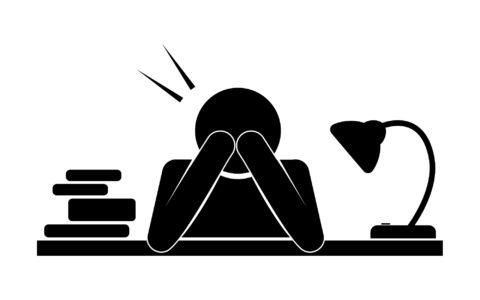
-
Addressing Burnout and Overwork in Our Own Lives
In addition to creating organizational approaches to burnout, we can take action in our own lives when we recognize symptoms of overwork and burnout in ourselves. This requires us to work on changing behaviors that may be causing problems for us and for people around us. It also means we have to be willing to examine the root causes of our impulses to over-commit, to control, to overwork, and/or to disconnect. This is healing work aimed at helping us be well enough to enjoy our work, make sustained life-long contributions to the movements we care about, and receive the love and healing that is possible in communities of resistance. Above all, we must take a gentle approach to ourselves, avoiding judgment, recognizing the role of systemic violence in producing these responses in us, and patiently and humbly experimenting with new ways of being.
What the compulsive worker, over worker, control freak might need:
- I need trusted friends who I can talk to about what is going on, who I can ask for honest feedback about my behavior, and who can help support me and soothe me when I feel afraid of doing something in a new way. For example, these people might remind me that even though someone else in the project will do this task differently, it is better to let them do it so they can build their skills and I can do something else with that time that has been missing from my life. These people might help remind me that it will be okay if I say no to a task or project. These friends can help me give love to the wounds underneath my compulsive, competitive, or controlling behavior, reminding me that I am worthwhile and my value does not hang on what the organization does, how much work I do, or what other people think of me.
- I need supportive friends who can also point out compulsive, competitive or controlling behavior or ideas when they hear them from me or see me engaging in them. It can be difficult to receive such feedback, but it is truly a gift.
- I need to attend to my defensiveness. When I get feedback from friends or collaborators about concerns they have, I need to resist the impulse to defend myself or critique the way they delivered their message. This feedback, including any anger they express while sharing it, is likely a sign that others are identifying my leadership. They are doing the hard and uncomfortable task of raising a concern because they see me as a person with influence. I can remember that, no matter how it is delivered, this feedback is an investment in me and in our work, an act of love. I can seek out a friend separately to process the difficult feelings that receiving this feedback brings up. The need to avoid acting out my defensiveness, or taking on a victim narrative, is especially important when I am in a position of privilege of any kind and/or have more developed leadership in the group or project.
- If I hate everyone I’m working with or feel like I am going to die or like I have to stay up all night working, this is probably about something older or deeper in my life, not about the current work/workplace/organization/coworker. If my heart is racing, if I feel threatened, if I feel like I can’t get out of bed, if I feel like I can’t speak to my coworker or I’ll explode, I am probably experiencing pain rooted in deeply in my life history. To get out of this reactive space, I need to devote resources to uncovering the roots of my painful reactions and building ways of being in them that don’t involve acting out harm to myself or others (including the harm of overwork). The first step is recognizing that my strongest reactions may not be entirely or primarily about the work-related situation directly in front of me, and being willing to slow down and explore what is underneath.
- I need a healing path for myself if I want to be part of healing the world. What that looks like is different for everyone, and could include individual or group therapy, 12-step programs (including Workaholics Anonymous), exercise, bodywork, spiritual exploration, art practice, ritual, and building meaningful relationships with family or friends. Whatever it is, I have to be in it in a loving and gentle way and be careful that it doesn’t become another thing to try to be perfect at or to try to be the leader of. A healing path can, in addition to other things, help me increase kindness to myself, trust others, trust processes, and avoid scarcity mentality. It can be a place to practice doing things because they feel good rather than to accomplish something.
- I need to stick around. It may be tempting to disappear altogether from a project or organization if relationships have gotten difficult and I am experiencing negative feelings about myself and others. If I want move toward a more balanced role in the organization, or even transition out altogether, I need to do so gradually and intentionally. I need to transfer relationships and knowledge and skills that I hold and make sure that my transition is done in a way that ensures the organization is healthy and my coworkers are supported.
- Healing can happen, even inside relationships that have become difficult, if I am willing to admit to the dynamics that exist. This can be very hard if things already feel adversarial with coworkers, but it is really worth it to push past the fear. People often want to forgive, and having the truth of the dynamics acknowledged will create space for healing and forgiveness. It is okay to admit mistakes.
- If I am in leadership and someone is yelling at me, it is likely that part of what they are saying is true. I don’t have to believe all of it, and I can reach out to my support network to help process how it feels to be yelled at, but the most important thing for people in positions of privilege (like being staff rather than volunteer, or being a long-time leader or founder, or having privilege in a social identity) in an organization to do when someone is yelling at them is listen for the truth of the person’s experience and feelings and acknowledge it. Just listening, rather than denying, defending or minimizing, is the first step to resolution.
- If I have particularly strong feelings about one of my collaborators in the project or organization, if the dynamic with them is particularly tense, there is probably great love and respect in the relationship. This relationship may be the most charged because of how I admire this person for particular traits, because their articulation of what is going wrong in the organization or relationship are hitting home for me and I am feeling afraid. These relationships can heal, and it can help to try to remember what I love about this person, why I was drawn to collaborate with them, what I admire about their work in the world, why we both ended up in this kind of work, and what I might like our relationship to be like in the future.
Working with Joy
It is not surprising that most of us have distorted relationships to the world of work, including activist work. The conditions and systems we live under make work coercive, create severe imbalances in who does what kinds of work for what kinds of compensation and recognition, and make work a matter of survival. Working to change the world is extremely hard because the conditions we are up against are severe, we lose people from our communities regularly, and we are battling monstrous apparatuses of violence. We cannot blame ourselves for having distorted relationships to our work, even though we understand that healing from distorted relationships to work is vital for our movements and for our own well-being and survival. We must be compassionate to ourselves and each other as we practice transforming our ways of working together.
One of the most significant sources of suffering people face the communities I live and work in, which often exacerbates other forms of scarcity and vulnerability, is isolation. When we do work together to build resistance movements, we often break this isolation and experience the healing of being heard by others about our experiences, of helping each other out with basic survival needs, and of sharing inspiring imagination and little experiments with building the world we want to live in. Our connection to each other is vital for us as we experience the grief, heartbreak and rage of living under brutal conditions, witnessing and experience harm and violence, and enduring setbacks in our work for change. We need each other badly to share what is hard about the overwhelming suffering in the world and the challenge of doing work for change in dangerous conditions. Even in the face of the pain that being awake to contemporary conditions causes, I believe that all of our work for change can be rooted in the comfort and joy of being connected to one another, accompanying one another, and sometimes being inspired together or by each other. Rather than our resistance being rooted in connection, often our organizations struggle with cultures of overwork based in capitalist, sexist and racist norms of scarcity, fear, competition, insecurity, and disconnection. Putting more attention toward how we work together, and what it means to be together in new ways that defy harmful norms, is essential to building the huge, strong, inspiring, joyful movements we need. Reflecting deeply about our own orientations toward work, what it feels like to participate in groups, what ideas we are carrying around about leadership and productivity, is crucial to building a practice of working from a place of connection, inspiration and joy. This means intentionally creating ways to practice a new relationship to work with each other, and diving into the psychic structures underlying our own distorted experiences of working and finding methods of healing that create new possibilities for how we can be in our work lives.
[1] Some useful resources for further learning about horizontal organizations and consensus decision making can be found here.
